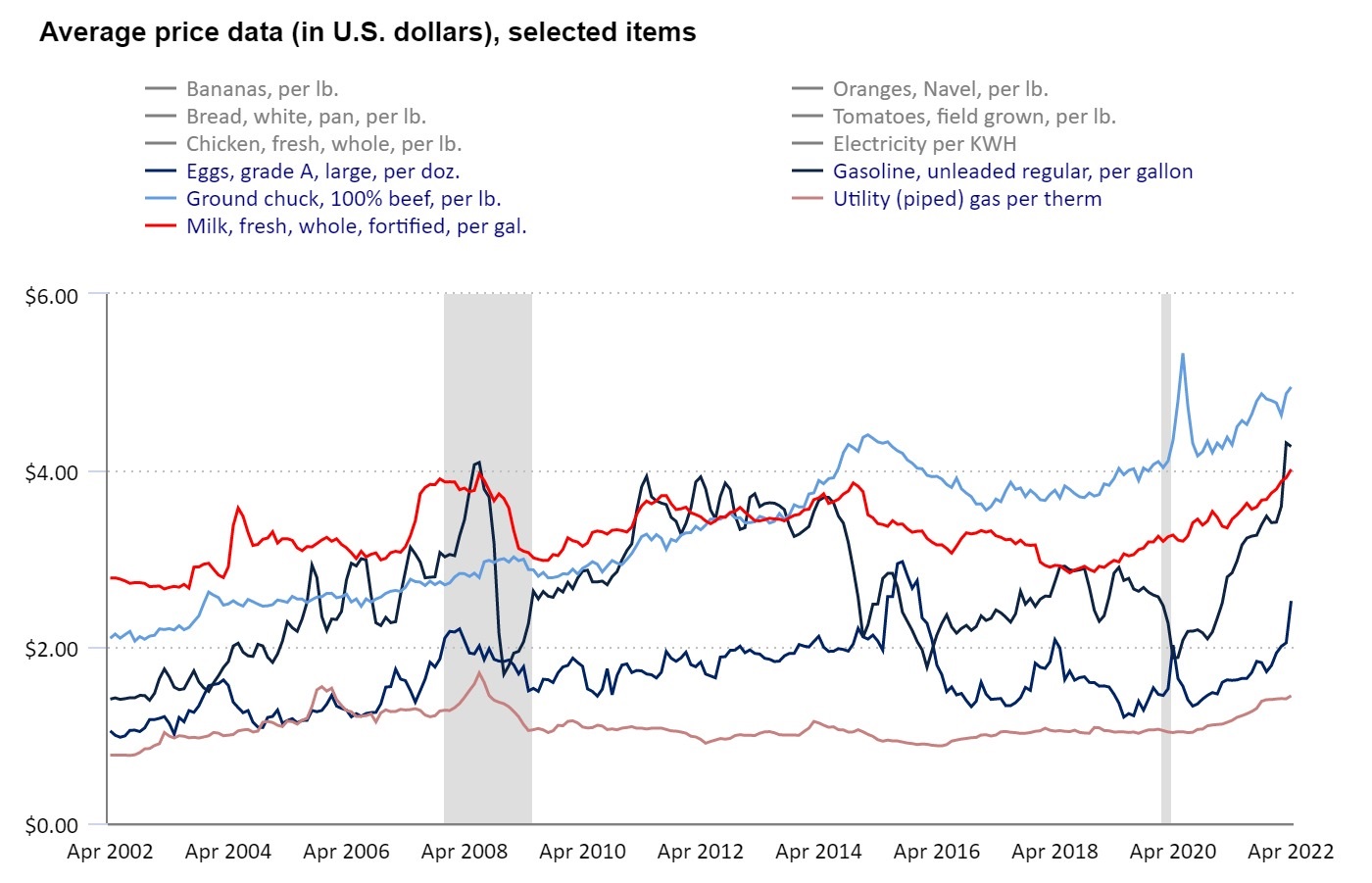Inflation overshadows another massive boost in trucking employment/wages
Following the largest increase in trucking employment in nearly a decade in April, May saw a similar surge in trucking jobs.
According to the federal government’s employment situation report published on June 3, more than 13,000 trucking jobs were added to the economy in May. That marks the second-largest monthly increase in trucking employment in almost 10 years.
Preliminary numbers indicated an increase of 13,000 trucking jobs in April, which is the largest monthly increase in trucking employment since April 2013. Those numbers have been revised to reflect 1,000 additional jobs, totaling 14,000 trucking jobs in April.
March’s numbers have been finalized to reveal additional improvements with the trucking employment situation. A month ago, the Bureau of Labor Statistics reported a loss of nearly 6,000 jobs in March. That has been updated for the final time to show a loss of nearly 3,000 jobs, half of what was initially reported.

Accounting for the entire transportation and warehousing sector, employment is up by 47,000 jobs since April. Compared to monthly activity since the pandemic, that is considered a moderate to high increase.
Jobs across all subsectors are up, except for one: pipeline transport. However, that sector lost only 100 jobs, which is effectively very little change.
Of the 10 subsectors, truck transportation and warehousing/storage are responsible for the bulk of the sector’s net increase, with the latter experiencing an increase of nearly 18,000 jobs. Trailing trucking employment, air transportation employment is up by nearly 6,000 jobs.
Average hourly wages for the transportation sector are up 27 cents from April to $28.23, a significant increase of $2 from this time last year. Adjusting for production and nonsupervisory employees only, average wages are at $26.18, an increase of 24 cents from April and $2.68 since May 2021.
Average hourly earnings for all Americans rose by 10 cents to $31.95. Over the past 12 months, average hourly earnings have increased by 5.2%. For all production and nonsupervisory employees, wages rose by 15 cents to $27.33.
However, wages are struggling to keep up with inflation. In April, the Consumer Price Index increased by 0.3%. In just the last 12 months, the index has gone up by more than 8%
The unemployment rate for transportation and material moving occupations dropped from 6.1% in April to 5% in May. This time last year, the unemployment rate was significantly higher at nearly 9%. Food prices alone skyrocketed by nearly 11% from April 2021 to April 2022. That is the largest 12-month increase in food prices since 1980.
Across the entire U.S. economy, the unemployment rate is unchanged at 3.6% for the third consecutive month. The overall rate was buoyed by significant gains in leisure/hospitality, professional/business services, and in transportation/warehousing. Employment in retail dropped by 61,000 jobs, more than half of which occurred within the general merchandise stores subsector. LL









